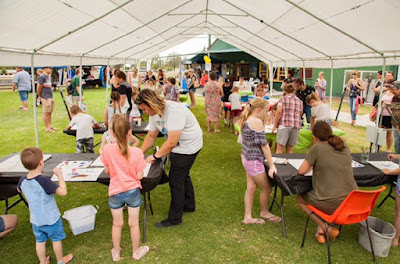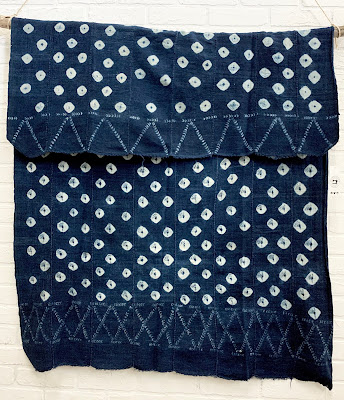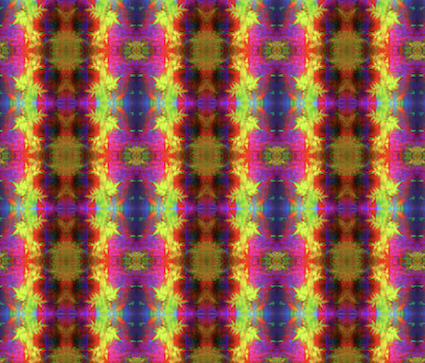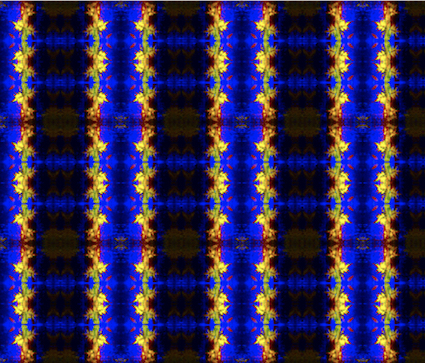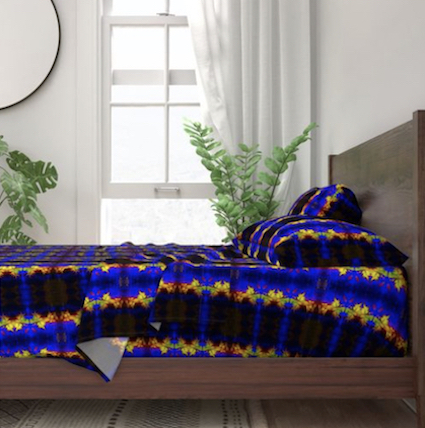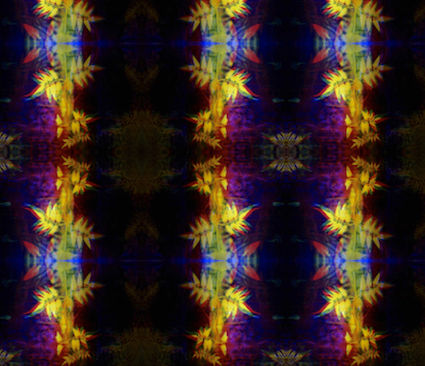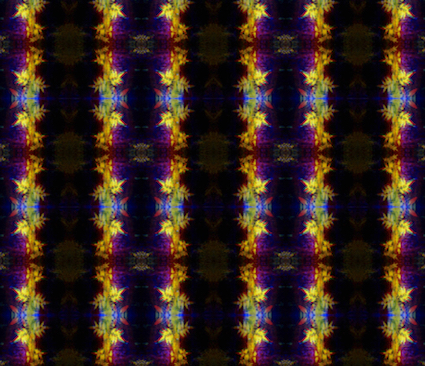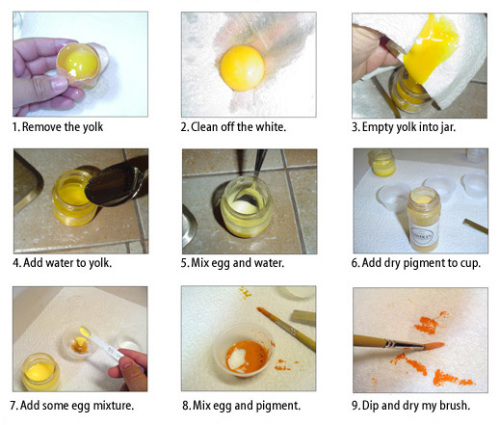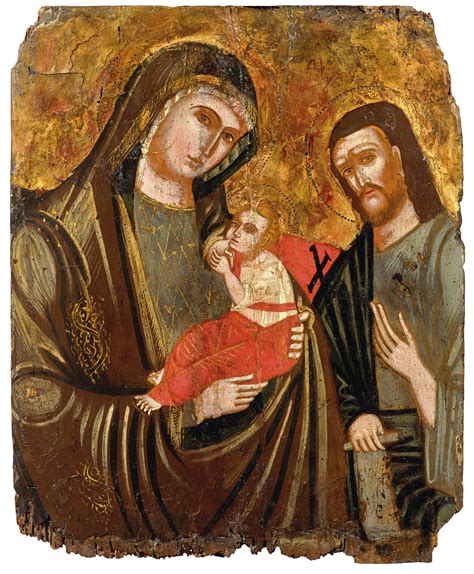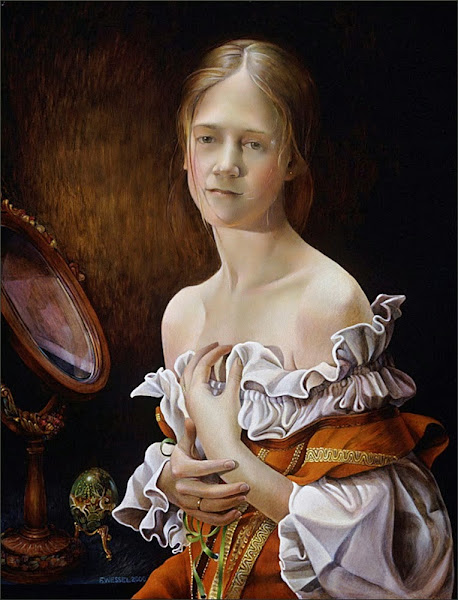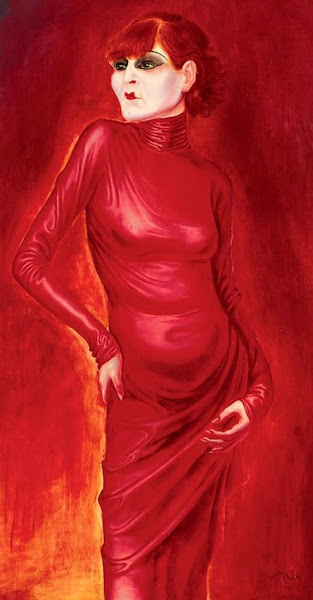Preamble
It has been a long couple of years living with Covid. Loved ones departed, isolation mixed with fear for those we love and want to protect. Lockdowns, isolation, socially distancing, and the need to wear personal protective equipment (ppe). Vaccines that protect us from possible death, but which cannot contain the infectious spread. Variants from alpha through to delta and beyond. Then there are the African variants, Omicron, sweeping across the world and others, that are predicted to come.
Note: In November 2021 a COVID-19 variant was named Omicron, after the 15th letter of the Greek alphabet. The World Health Organization uses Greek letters to name variants, because these names are easier to communicate than scientific designations, like B.1.617.2. According to WHO, the 13th and 14th Greek letters (nu and xi) were skipped over because “nu” sounds like “new” and “xi” is also a common surname.
This is not the first pandemic (e.g., Black Death, and Spanish flu etc.) nor will it be the last. However, where there is human life there remains hope. Kangaroos still skip across our landscapes. Koalas still nest in trees, not far from where I live. The Hells Angels of Australian birdlife, Lorikeets, check out their food source amongst our trees.
The Hells Angels of Australian birdlife, namily, Lorikeets.
Nature is a constant source of inspiration. We have had an unbelievably wet summer. The flora is just growing in leaps and bounds. Of course, amongst what we find pleasure in, there are weeds to be removed, and so time spent in the garden is another source of inspiration and mental comfort. Our Wollemi Pine (the oldest tree in the world) has added another two feet and is fast growing. How this endangered and primitive tree was discovered is another inspirational story.
Wollemi Pine.
No matter what your belief systems, I wish you a happy and joyous festive season.
Marie-Therese.
Note: The next post will appear on the 14th of January 2023.
Earning a Living in the Visual Arts and Crafts [1]
Most people who practice art, begin their artistic dream, as a hobby and are initially surprised when others want to purchase their work. Okay, if the purchasers are family members then that is par for the course, but when perfect strangers, in an informal setting (such as in a workshop) start to enquire - 'How much do you want for this piece of work?' - an idea to market and sell your art/craftwork starts to gather pace, and in next to know time, you find yourself attending a stall at a local market.
Kids doing an art 'shoot out' at the Art & Craft Expo (Australia).
For more information click on the link - That Little Art Place, by Guest Editor, Lisa Bendeich - for further inspiration.
People frequently ask me questions about the distinction between a hobby and a business when they are attending my workshops. Their concern is obvious, since as a professional their income is assessable from a taxation viewpoint. However, as a hobbyist, their proceeds are not considered income and therefore is not assessable. But when/how/why does a hobby become a business? There's no simple answer to this complex question, as any accountant will tell you. In Australia the Income Tax Assessment ACT states that: '...the assessable income of a taxpayer shall include...the gross income derived directly or indirectly from all sources whether in or out of Australia...' Nowhere does the act define income. The Act does not distinguish between income from exertion, and income from personal property. While the former is held to include proceeds from carrying on a business and the carrying out of any profit-making undertaking or scheme, nowhere are any of these terms defined.
Click on the link - Marie-Therese and Art Quill Studio @ 2018 Sydney Craft & Quilt Fair.
There are basically three criteria that need to be addressed and they are as follows.
Criterion 1: Does the activity have continuity or repetition?
While a hobby can be the flavour of the month at one time and totally rejected at another, a business has continuity as the needs of customers and clients are satisfied on a continuous and systematic, rather than an intermittent basis. For example, a person could advertise and have one garage sale, but she/he had better be careful if they plan a series of such sales, and intend not declaring the proceeds. It could be argued that they are carrying on the business of selling, and so liable to be taxed because of it.
Criterion 2: Is profit making the object of the activity, and is the degree of participation capable of producing a profit?
While the absence of profit does not necessarily mean that a business is not being conducted, the presence of a profit is a strong indicator that the activity constitutes a business venture.
Of course taxation authorities realize that many taxpayers embark on schemes with the aim of making a loss to set against income earned elsewhere. Similarly, it is realized that profits may be made sometime down the track. Hence, it is the probability of profits not the presence of them, which is important, and therefore the intention of the person is the main focus of a taxation department. It is reasonable to assume that in many hobbies (e.g. art/craft) cost recovery of expenses incurred, rather than the generation of profits, is the financial motive. Once the generation of profits becomes relevant, then the generation of profits is seen as the financial motive. Once the generation of profits becomes relevant, then the characteristic of the activity changes. The presence of capital gains is a separate issue.
Criterion 3: How is the activity conducted?
Three elements can be identified in answering this question. Firstly, on what scale is the activity conducted? This is related to Criterion 2, since in some cases the scale of the operations will preclude the derivation of profits. Scale, however, goes a bit further and introduces the notion of the commitment of assets. For example, if you imported and installed a $6,000 plus loom, with industrial capacity, this would support the conclusion that you were conducting a business activity.
Secondly, the amount of time spent on an art/craft activity is indicative, but not conclusive, that you are conducting a business venture. In general, the running of a business generally requires the application of more time than a hobby, but a person can carry on more than one business at a time, and so it is irrelevant that more time is spent on one more, than another. Hence, the fact you have another occupation or business would not preclude the assessment of the proceeds from the sale of your art/craftwork as assessable income.
Thirdly, the manner of conduct is influenced by the expertise of the operator, and thus training, education and experience are important indicators of professionalism. In this context, the output of a person who holds a degree and/or diploma in art is more likely to be seen as contributing to assessable income than that of people attempting to teach themselves by using articles in the various art/craft magazines.
Contrary to popular belief there is no sum of money which, once earned, indicates that business is being undertaken. For example, most punters pursue horse racing as a hobby, some recording substantial winnings. However, just as losses cannot be set against other income neither do these wins count as income.
For many artists and craft people, the movement from hobby to a business is not a discrete division. Rather, there is more likely to be a sequential development, as expertise is sharpened and the acceptance of work is broadened.
While the emergence of a business from a hobby is a matter of fact and degree in general, if you start to sell on a regular basis, develop a clientele, accept commission(s), exhibit work at professional venues (e.g., art galleries), enter your work in competitions and contests competing against professional artists, promote yourself and your work (have a business card, portfolios, website(s) that sells your art/craft output etc.), you are starting to do what a professional artist/crafter does, it would be argued that you are conducting a business.
Exhibition: Effects of Global Warming.
View of the exhibited ArtCloth works to the left of the Boiler Room entrance (Rathmines Heritage Center, Lake Macquarie, NSW, Australia).
Click on the following two links - Global Warming and Effects of Global Warming - to see images of ArtCloths that were on display.
Secondly, the onus is on you to prove the correctness of any situation, and not on government officials. The government might declare your proceeds to be the result of a hobby (and thus your expenditure is not tax deductible), or declare your proceeds to be income and therefore assessable. It is then up to you to prove them wrong if you disagree. In arguing your case, test your arguments against the criteria outlined above before seeking accounting and/or legal advice.
Thirdly, you would be well advised to keep accurate records of all incomings and outgoings from the earliest possible moment. Governments generally require that if you are carrying on a business, you must keep records, and even if you don't believe you are, you nevertheless should keep records of your financial activity, since they may require you to present years of records of your transactions at a most inconvenient time for you. As a hobbyist, there is no requirement for you to keep and disclose records, but if the government deems you are conducting a business, they can demand such records to be documented and given to them, over a lengthy period of time. Failure to comply may be very costly for you.
Art Quill Studio@2019 Melbourne Craft & Quilt Fair. July 25 - 28, 2019, at the Melbourne Convention & Exhibition Centre, South Wharf, Melbourne, Victoria.
Click on the following link - Melbourne Craft and Quilt Fair - to read about our company's involvement in that event.
Note: A view of the Art Quill Studio stand at the 2019 Melbourne Craft & Quilt Fair. Here I am surrounded with my range of unique, Australian, contemporary ArtCloth textiles.
During my workshops, some of my students, who enquired about the business versus hobby conundrum when told roughly of all of the above hurdles, a few enquired, 'Do you mean I can't produce art/craft output that people may want to buy without paying for legal/accounting advice and serrvices?'
To which I replied,'By all means do you art/craftwork. It's when you start to sell these products that you may have a problem.'
Workshop: Melding Experiences: New Landscapes Using Disperse Dyes and Transfer Printing (Two Day Workshop).
To view the students outputs from this and other workshops click on the following link - New Landscapes.
The old scouting motto - 'Be prepared' - is a wise axiom for you to adopt.
Reference:
[1] J. Stokes, Earning a Living in the Visual Arts and Crafts, 3rd Edition, Southward Press Pty Ltd, Sydney (1997).
It has been a long couple of years living with Covid. Loved ones departed, isolation mixed with fear for those we love and want to protect. Lockdowns, isolation, socially distancing, and the need to wear personal protective equipment (ppe). Vaccines that protect us from possible death, but which cannot contain the infectious spread. Variants from alpha through to delta and beyond. Then there are the African variants, Omicron, sweeping across the world and others, that are predicted to come.
Note: In November 2021 a COVID-19 variant was named Omicron, after the 15th letter of the Greek alphabet. The World Health Organization uses Greek letters to name variants, because these names are easier to communicate than scientific designations, like B.1.617.2. According to WHO, the 13th and 14th Greek letters (nu and xi) were skipped over because “nu” sounds like “new” and “xi” is also a common surname.
This is not the first pandemic (e.g., Black Death, and Spanish flu etc.) nor will it be the last. However, where there is human life there remains hope. Kangaroos still skip across our landscapes. Koalas still nest in trees, not far from where I live. The Hells Angels of Australian birdlife, Lorikeets, check out their food source amongst our trees.
The Hells Angels of Australian birdlife, namily, Lorikeets.
Nature is a constant source of inspiration. We have had an unbelievably wet summer. The flora is just growing in leaps and bounds. Of course, amongst what we find pleasure in, there are weeds to be removed, and so time spent in the garden is another source of inspiration and mental comfort. Our Wollemi Pine (the oldest tree in the world) has added another two feet and is fast growing. How this endangered and primitive tree was discovered is another inspirational story.
Wollemi Pine.
No matter what your belief systems, I wish you a happy and joyous festive season.
Marie-Therese.
Note: The next post will appear on the 14th of January 2023.
Earning a Living in the Visual Arts and Crafts [1]
Most people who practice art, begin their artistic dream, as a hobby and are initially surprised when others want to purchase their work. Okay, if the purchasers are family members then that is par for the course, but when perfect strangers, in an informal setting (such as in a workshop) start to enquire - 'How much do you want for this piece of work?' - an idea to market and sell your art/craftwork starts to gather pace, and in next to know time, you find yourself attending a stall at a local market.
Kids doing an art 'shoot out' at the Art & Craft Expo (Australia).
For more information click on the link - That Little Art Place, by Guest Editor, Lisa Bendeich - for further inspiration.
People frequently ask me questions about the distinction between a hobby and a business when they are attending my workshops. Their concern is obvious, since as a professional their income is assessable from a taxation viewpoint. However, as a hobbyist, their proceeds are not considered income and therefore is not assessable. But when/how/why does a hobby become a business? There's no simple answer to this complex question, as any accountant will tell you. In Australia the Income Tax Assessment ACT states that: '...the assessable income of a taxpayer shall include...the gross income derived directly or indirectly from all sources whether in or out of Australia...' Nowhere does the act define income. The Act does not distinguish between income from exertion, and income from personal property. While the former is held to include proceeds from carrying on a business and the carrying out of any profit-making undertaking or scheme, nowhere are any of these terms defined.
Click on the link - Marie-Therese and Art Quill Studio @ 2018 Sydney Craft & Quilt Fair.
There are basically three criteria that need to be addressed and they are as follows.
Criterion 1: Does the activity have continuity or repetition?
While a hobby can be the flavour of the month at one time and totally rejected at another, a business has continuity as the needs of customers and clients are satisfied on a continuous and systematic, rather than an intermittent basis. For example, a person could advertise and have one garage sale, but she/he had better be careful if they plan a series of such sales, and intend not declaring the proceeds. It could be argued that they are carrying on the business of selling, and so liable to be taxed because of it.
Criterion 2: Is profit making the object of the activity, and is the degree of participation capable of producing a profit?
While the absence of profit does not necessarily mean that a business is not being conducted, the presence of a profit is a strong indicator that the activity constitutes a business venture.
Of course taxation authorities realize that many taxpayers embark on schemes with the aim of making a loss to set against income earned elsewhere. Similarly, it is realized that profits may be made sometime down the track. Hence, it is the probability of profits not the presence of them, which is important, and therefore the intention of the person is the main focus of a taxation department. It is reasonable to assume that in many hobbies (e.g. art/craft) cost recovery of expenses incurred, rather than the generation of profits, is the financial motive. Once the generation of profits becomes relevant, then the generation of profits is seen as the financial motive. Once the generation of profits becomes relevant, then the characteristic of the activity changes. The presence of capital gains is a separate issue.
Criterion 3: How is the activity conducted?
Three elements can be identified in answering this question. Firstly, on what scale is the activity conducted? This is related to Criterion 2, since in some cases the scale of the operations will preclude the derivation of profits. Scale, however, goes a bit further and introduces the notion of the commitment of assets. For example, if you imported and installed a $6,000 plus loom, with industrial capacity, this would support the conclusion that you were conducting a business activity.
Secondly, the amount of time spent on an art/craft activity is indicative, but not conclusive, that you are conducting a business venture. In general, the running of a business generally requires the application of more time than a hobby, but a person can carry on more than one business at a time, and so it is irrelevant that more time is spent on one more, than another. Hence, the fact you have another occupation or business would not preclude the assessment of the proceeds from the sale of your art/craftwork as assessable income.
Thirdly, the manner of conduct is influenced by the expertise of the operator, and thus training, education and experience are important indicators of professionalism. In this context, the output of a person who holds a degree and/or diploma in art is more likely to be seen as contributing to assessable income than that of people attempting to teach themselves by using articles in the various art/craft magazines.
Contrary to popular belief there is no sum of money which, once earned, indicates that business is being undertaken. For example, most punters pursue horse racing as a hobby, some recording substantial winnings. However, just as losses cannot be set against other income neither do these wins count as income.
For many artists and craft people, the movement from hobby to a business is not a discrete division. Rather, there is more likely to be a sequential development, as expertise is sharpened and the acceptance of work is broadened.
While the emergence of a business from a hobby is a matter of fact and degree in general, if you start to sell on a regular basis, develop a clientele, accept commission(s), exhibit work at professional venues (e.g., art galleries), enter your work in competitions and contests competing against professional artists, promote yourself and your work (have a business card, portfolios, website(s) that sells your art/craft output etc.), you are starting to do what a professional artist/crafter does, it would be argued that you are conducting a business.
Exhibition: Effects of Global Warming.
View of the exhibited ArtCloth works to the left of the Boiler Room entrance (Rathmines Heritage Center, Lake Macquarie, NSW, Australia).
Click on the following two links - Global Warming and Effects of Global Warming - to see images of ArtCloths that were on display.
Secondly, the onus is on you to prove the correctness of any situation, and not on government officials. The government might declare your proceeds to be the result of a hobby (and thus your expenditure is not tax deductible), or declare your proceeds to be income and therefore assessable. It is then up to you to prove them wrong if you disagree. In arguing your case, test your arguments against the criteria outlined above before seeking accounting and/or legal advice.
Thirdly, you would be well advised to keep accurate records of all incomings and outgoings from the earliest possible moment. Governments generally require that if you are carrying on a business, you must keep records, and even if you don't believe you are, you nevertheless should keep records of your financial activity, since they may require you to present years of records of your transactions at a most inconvenient time for you. As a hobbyist, there is no requirement for you to keep and disclose records, but if the government deems you are conducting a business, they can demand such records to be documented and given to them, over a lengthy period of time. Failure to comply may be very costly for you.
Art Quill Studio@2019 Melbourne Craft & Quilt Fair. July 25 - 28, 2019, at the Melbourne Convention & Exhibition Centre, South Wharf, Melbourne, Victoria.
Click on the following link - Melbourne Craft and Quilt Fair - to read about our company's involvement in that event.
Note: A view of the Art Quill Studio stand at the 2019 Melbourne Craft & Quilt Fair. Here I am surrounded with my range of unique, Australian, contemporary ArtCloth textiles.
During my workshops, some of my students, who enquired about the business versus hobby conundrum when told roughly of all of the above hurdles, a few enquired, 'Do you mean I can't produce art/craft output that people may want to buy without paying for legal/accounting advice and serrvices?'
To which I replied,'By all means do you art/craftwork. It's when you start to sell these products that you may have a problem.'
Workshop: Melding Experiences: New Landscapes Using Disperse Dyes and Transfer Printing (Two Day Workshop).
To view the students outputs from this and other workshops click on the following link - New Landscapes.
The old scouting motto - 'Be prepared' - is a wise axiom for you to adopt.
Reference:
[1] J. Stokes, Earning a Living in the Visual Arts and Crafts, 3rd Edition, Southward Press Pty Ltd, Sydney (1997).




